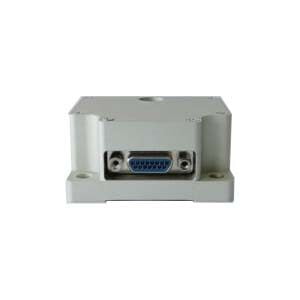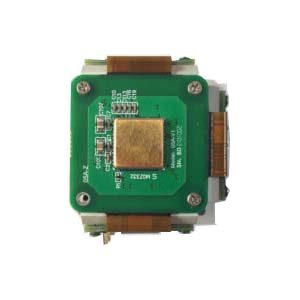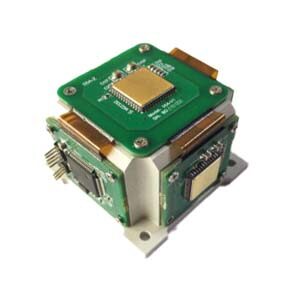Zero Offset is a characteristic of numerical control systems that allows the origin of a numerical control measurement system to move relative to the zero of the machine tool within a specified range, but its permanent zero exists in the numerical control system.For the sensor used in construction machinery, zero offset, which depends on the core sensitive device's own characteristics, means that the sensor in the absence of Angle input (such as absolute horizontal plane), the sensor measurement output is not zero, the actual output Angle value is zero offset. This indicator has nothing to do with whether the sensor can set to zero.
Zero drift refers to errors in the course and position measured by an Inertial Navigation System (INS) when it does not receive any external measurement signals. This error is caused by the drift and noise caused by the inertial device itself. Zero drift is a major problem for INS because it can cause the accuracy of INS to decrease, which in turn affects the accuracy and reliability of navigation.The ER-MG2-50/100 gyroscope sensor with 0.01-0.02°/hr bias instability and 0.0025-0.005°/√hr Angular Random Walk, is specially designed for north seeking, pointing, initial alignment in logging tools/gyro tools, mining/drilling equipment, weapon/UAV launch systems, satellite antenna,target tracking system and so on.ER-MG2-50/100 can also used in high precision attitude measuring, stabilization control, positioning, navigating in navigation grade MEMS IMU/ INS, Land surveying/land mobile mapping system, railway train system, etc.In INS, zero drift refers to the phenomenon that when the inertial device rotates or vibrates in space, the output signal of the inertial device is offset due to the mechanical structure or circuit noise inside the device. This offset signal can be mistaken for a true motion signal, resulting in a deviation of INS heading and position information.
The occurrence of zero drift is determined by the physical characteristics of inertial devices. Inertial devices usually use sensors such as gyroscopes and accelerometers to detect motion states. In the state of motion, these sensors will be subjected to external interference and noise, resulting in the output signal offset. In addition, the operating temperature of the inertial device, mechanical vibration and other factors will also affect the generation of zero drift.In order to solve the zero drift problem, INS usually uses calibration techniques. The calibration technique is to process and adjust the inertial device to make its output signal more accurate and stable. Common calibration techniques include zero bias calibration, scale factor calibration, axial calibration and so on. In addition, methods such as composite navigation system can be used to combine different types of navigation systems to improve the accuracy and reliability of navigation.
Zero offset is the output of the gyroscope when the input angular velocity is zero (that is, the gyroscope is at rest). It is expressed by the equivalent input angular velocity corresponding to the average value of the output measured in the specified time, and ideally is the component of the angular velocity of the earth's rotation.Zero drift is zero offset stability, which represents the degree of dispersion of gyroscope output around its zero offset mean value when the input angular rate is zero, and is represented by the equivalent input angular rate corresponding to the standard deviation of the output in the specified time.Zero drift is the most important and basic index to measure the precision of FOG.The main cause of zero drift is the non-reciprocal phase shift error introduced in the fiber coil by the change of ambient temperature distribution along the fiber.Usually in order to stabilize zero drift, often need to IFOG temperature control or temperature compensation.In addition, polarization will also have a certain impact on zero drift. Polarization filtering and polarization-maintaining optical fiber are often used to eliminate the influence of polarization on zero drift in IFOG.
More Technical Questions
1.How accurate is MEMS gyroscope?
2.Accelerometer, Gyroscope and Magnetometer
3.How to Choose an Inertial Sensor – the Choice of a Gyroscope
4.Specifications and Features of Fiber Optic Gyroscopes
5.Application of Gyroscope in Electronic Compass
6.ER-MG2-100 (0.02°/h) High Precision MEMS Gyroscope
Products in Article






